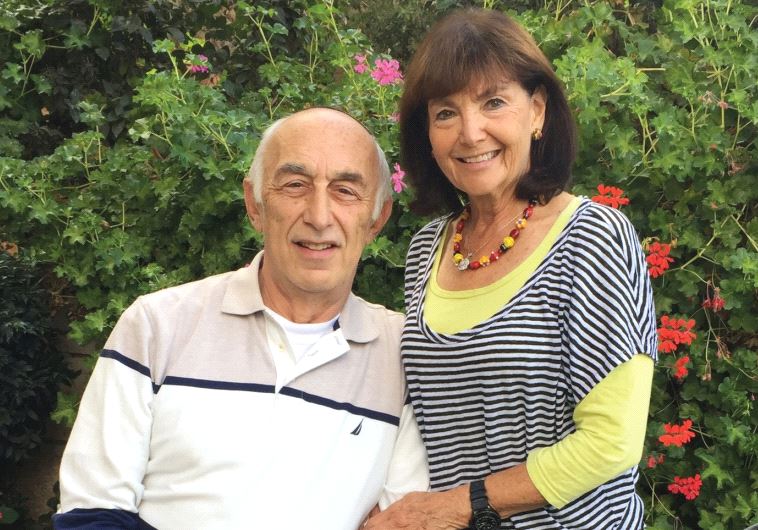A would-be Jewish astronaut and the search for the origins of life
Jerusalem-based scientist Gary Steinman's quest for answers has led him to an incredible career.
 Gary Steinman relaxes with his wife, Ricki, outside their Jerusalem home recently(photo credit: ELISSA EINHORN)
Gary Steinman relaxes with his wife, Ricki, outside their Jerusalem home recently(photo credit: ELISSA EINHORN)